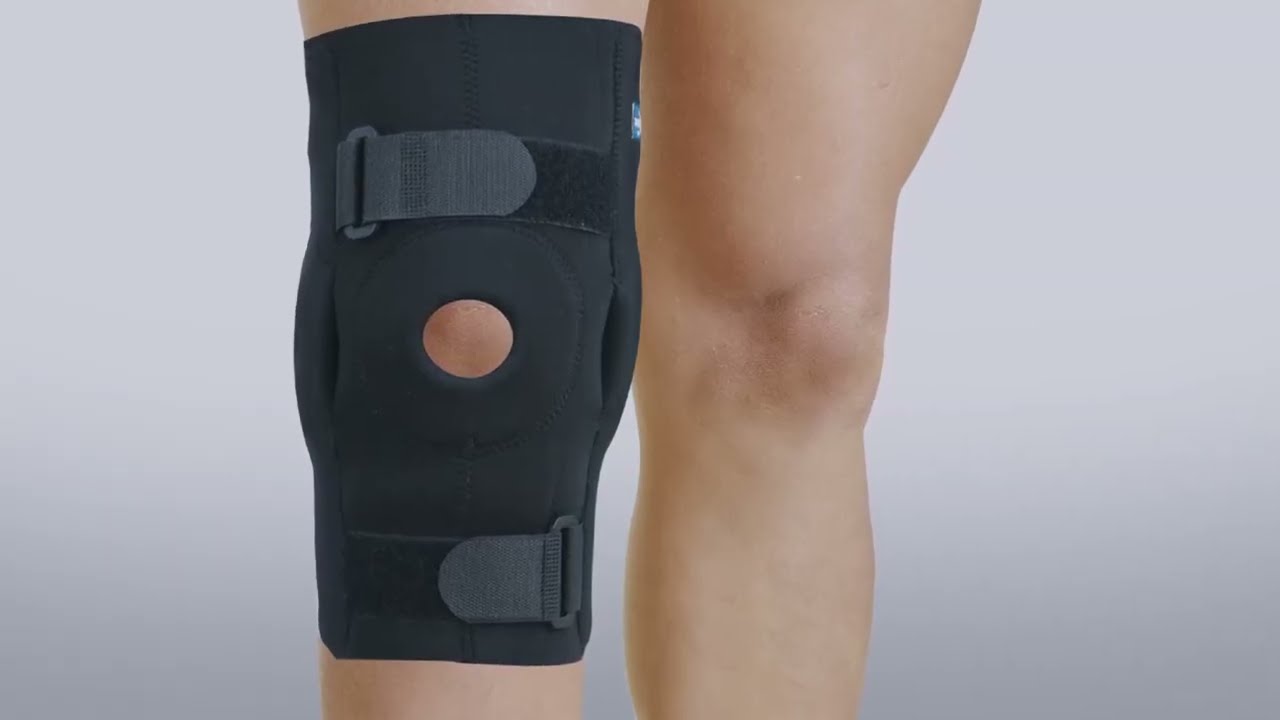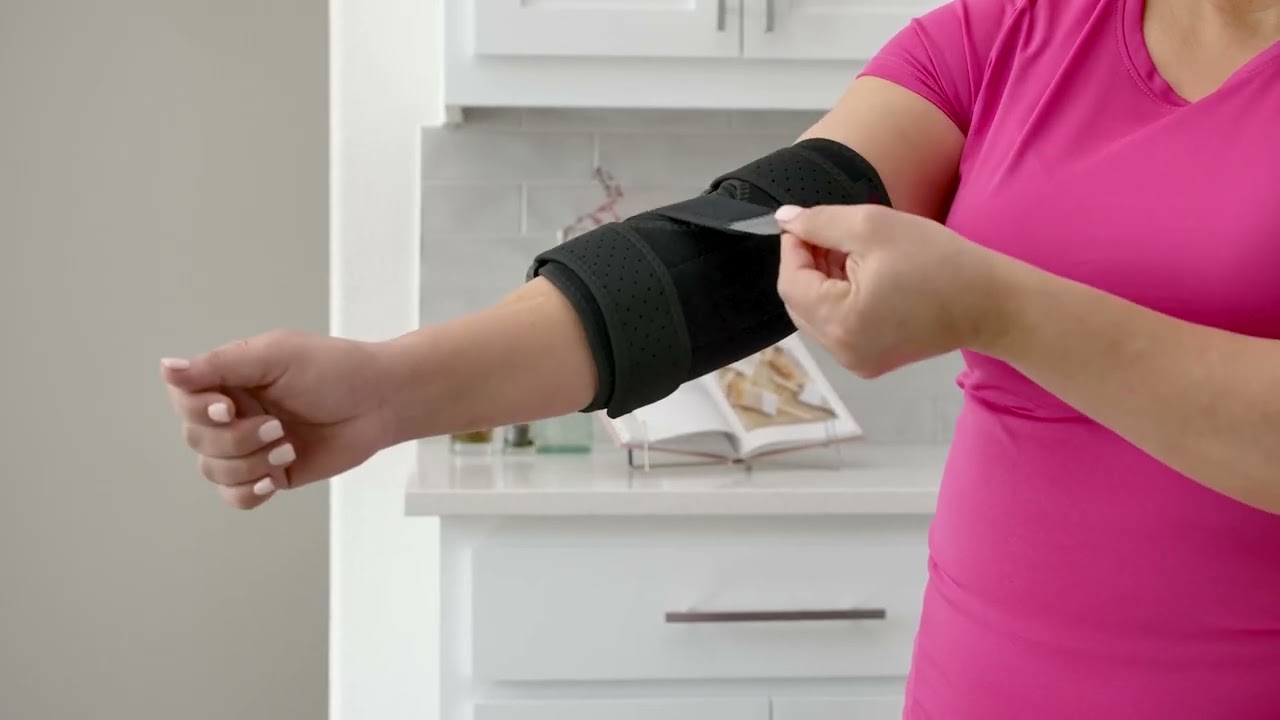Orthopedic wrist braces are medical accessories which support general wrist health as well as offer protection against both injuries and conditions resulting in wrist pain. The correct usage of a wrist brace remains crucial because it ensures both proper healing from wrist injuries and successful reduction of pain among patients. This article details how to properly wear wrist supports as well as reviews their different varieties and presents strategies for achieving optimal benefit.
Understanding Wrist Braces
ImageRelation wrist braces serve to protect the joint from excessive strain through their two major functions of reducing joint movement along with applying compressive force. Physicians prescribe wrist braces primarily for three healthcare situations that include:
Carpal Tunnel Syndrome produces numbness and pain while compressing the median nerve into the passage.
The wrist joint inflammation known as arthritis causes joint stiffness and generates discomfort.
Tendonitis: Inflammation of the tendons in the wrist due to repetitive motion.
Caring for sprains and strains requires medical stabilization since these injuries affect either muscle tissues or ligaments.
Braces fulfill two important purposes during post-surgical recovery by protecting the wrist and helping the healing process.
1. Choosing the Right Wrist Brace
The selection of an appropriate wrist brace must happen before beginning the learning process about brace application. Some common types include:
Rigid Wrist Brace gives the most protective and stabilized support and functions well for major injuries and responsive surgery healing.
Compression wrist sleeve functions as a soft elastic sleeve for delicate support of arthritis-related and small wrist pain situations.
The Thumb-Spica Brace reaches the thumb to protect both wrist bones and thumb joint for treating De Quervain's tenosynovitis in addition to thumb conditions.
Night Splint Brace functions specifically for carpal tunnel syndrome by keeping the wrist at its neutral position during night hours.
2. Position the Brace Properly
Choose between the top and bottom of the brace boundary (most braces show an open palm combined with support through a strap on the back side).
Put your hand inside the brace through the available slit while making sure your thumb can pass easily through the designated area.
Adjust the brace to encompass the wrist joint while it provides palm support but allows free finger movement.
3 . Secure the Straps
Begin the strap attachment at your wrist's bottom section while tightening it secure but avoid creating excessive pressure.
Set the middle and top straps securely to obtain a secure fit which allows proper blood flow.
Set the metal or plastic splint to rest beneath your wrist when wearing this brace to achieve maximum support.
4. Check for Comfort and Fit
A supportive brace should not create excessive tightness as this would restrict blood flow.
Flexibility testing can be performed through finger movements but maintaining wrist stability during these tests.
Look for warning signs like numbness or tingling or excessive tight feeling when you wear the brace. Then you should slightly loosen the straps.
Tips for Wearing a Wrist Brace Effectively
It is essential to follow medical instructions about brace usage which a healthcare professional provides.
The brace should be worn for all activities that worsen pain and doctors will recommend wearing it at nighttime if necessary.
Regular cleaning of the brace follows manufacturer directions to stop both odor development and bacterial growth.
Your wrist muscles will become weaker if you depend on the brace to excess.
Because exercising the wrists per medical directions enhances both healing and prevents stiffening you should practice the prescribed wrist exercises.
Common Mistakes to Avoid
The improper fitting of a compression sleeve from being too tight leads to both skin discomfort and poor blood circulation.
The selection of improper brace types occurs when patients choose devices which do not match their individual medical situation.
See a healthcare professional when any unpleasant symptoms develop such as pain or swelling or skin irritation while wearing a brace.
People make the mistake of continuing to use a worn-out brace because its effectiveness becomes reduced. You should replace your brace whenever it becomes broken or when it loses its shape.
Conclusion
Correct wrist brace placement ensures all necessary health benefits of pain relief and injury prevention together with complete recovery. Final outcomes will improve by picking an appropriate brace model along with correct placement guidelines and following recommended procedures. Seek medical guidance from a health professional if you remain uncertain about your ideal wrist brace selection. A properly used wrist brace enables you to recover both comfort and movement abilities in your normal everyday activities.





Leave a comment
This site is protected by hCaptcha and the hCaptcha Privacy Policy and Terms of Service apply.